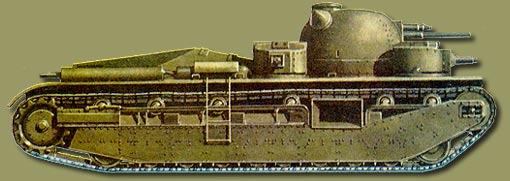You are completely correct.
As with the “Nellie” Trench (digging) Machine, Churchill thought it worth calling on the surviving members of the Landships Committee and the surviving men that had worked with Swinton and others, to see if the ideas those men had had in 1915/1916 could be applied to 1940.
The results were (chiefly, though there were many ideas generated, some of which did come to fruition in Hobart’s Funnies) Nellie, and TOG I and TOG II.
Not surprisingly, both TOG vehicles bear more than a passing resemblance to the WW1 rhomboidal Tanks the same men had designed, albeit considerably updated in metallurgical terms, along with powerplant and drivetrain.
In effect, the TOG team got to do in 1940 what they had been unable to achieve fully in 1916: design and build the tank(s) they had both foreseen as necessary and wanted to build.
Whether either vehicle would in fact have had any use on the battlefields of post-1940 is problematical to say the least, because the vehicles lacked in speed and adequate armament, and later fell into that horrifying spiral/triangular circumstance wherein the gun(s) need to be better, the armour is adequate (but needs reinforcing with more armour) , but the engine needs to be more powerful.
I’m certain one TOG vehicle survives at Bovington, though offhand do not recall whether it be TOG I or TOG II.
Kind and Respectful Regards Boyne_Water, Uyraell.













